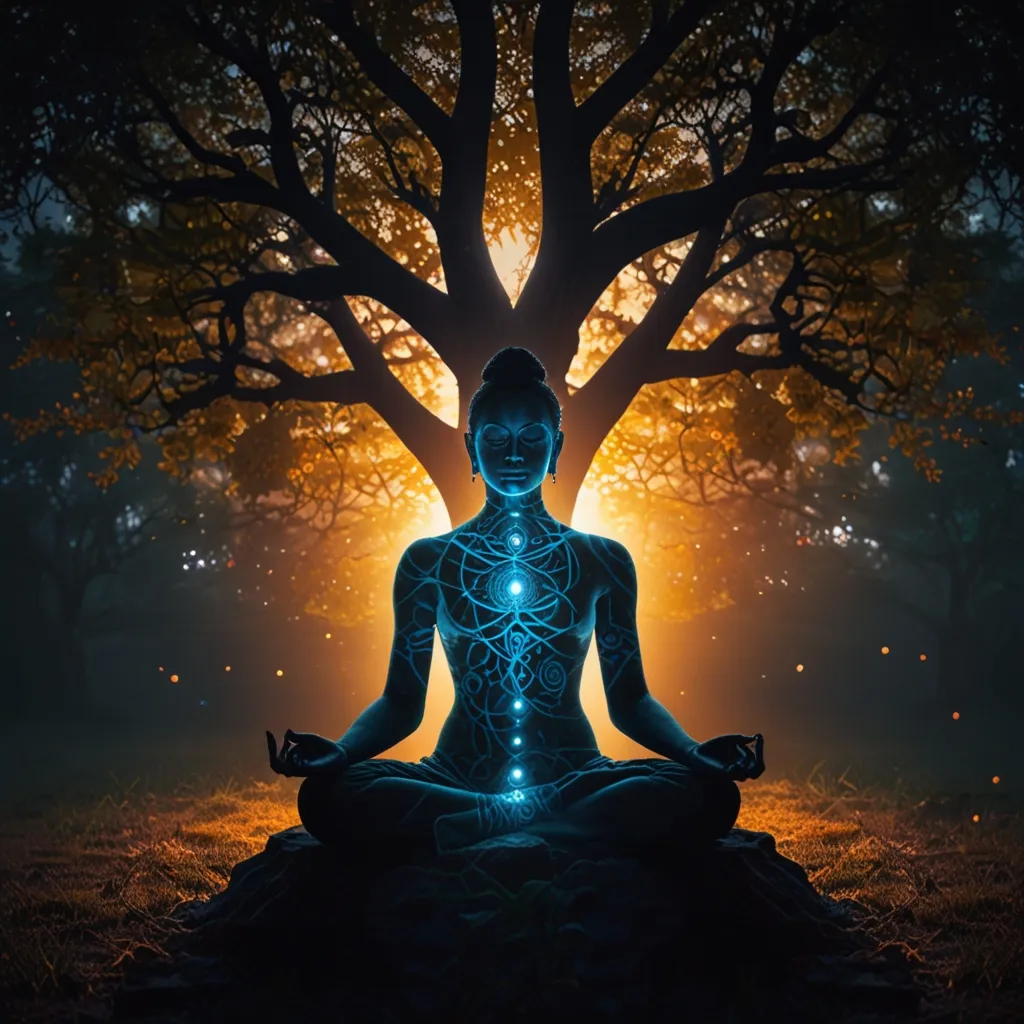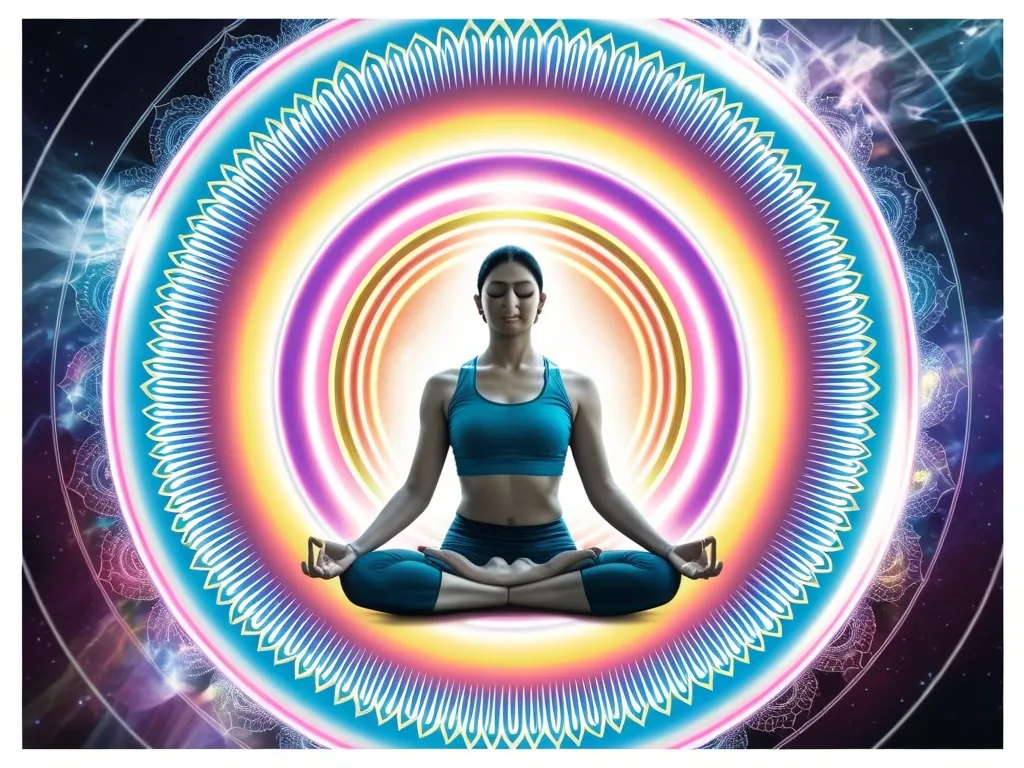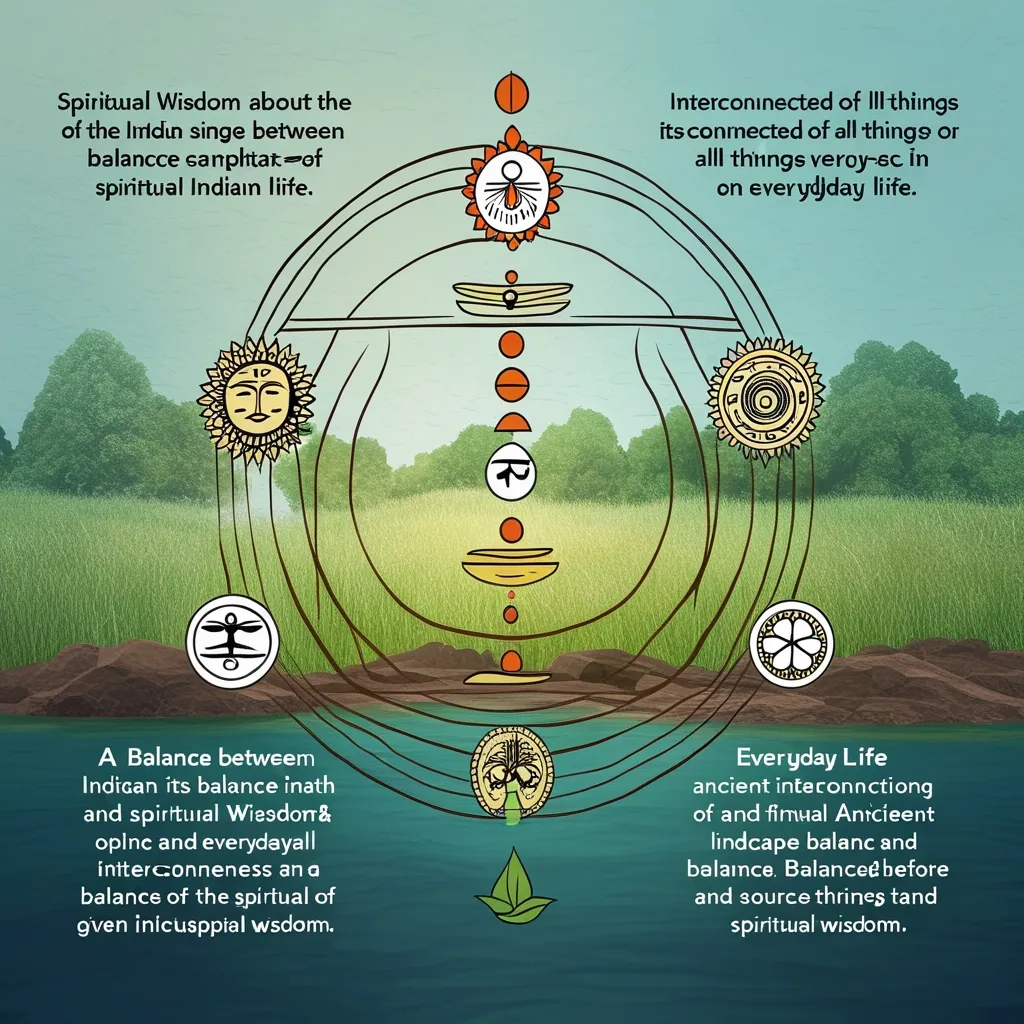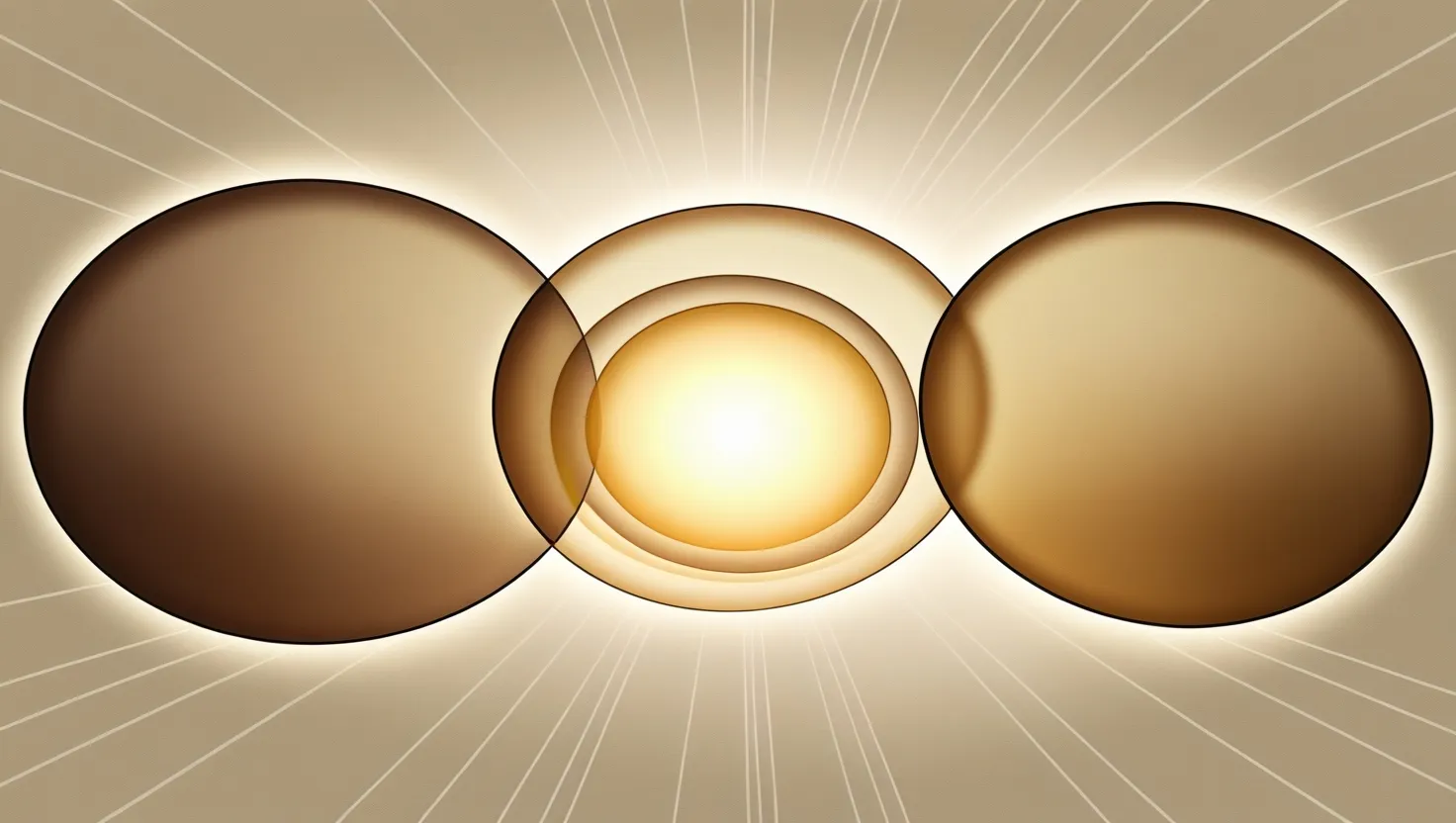In the vibrant world of yoga and Hindu philosophy, there are three gunas—Sattva, Rajas, and Tamas—that underpin the universe and human nature. These qualities, or gunas, are like the secret ingredients that form everything around us, from the tiniest particle to the vast cosmos. Let’s dive into what these gunas mean and how they shape our experiences.
Sattva is all about harmony and balance. Think of it as the vibe you get from a peaceful lake on a calm day—clear, pure, and tranquil. When Sattva is in the driver’s seat, you feel calm, clear-headed, and compassionate. It’s all about spreading positivity and having control over your senses. This energy represents knowledge, happiness, and well-being.
Rajas, on the other hand, is the get-up-and-go quality. It drives action, passion, and movement. Picture a fast-flowing river, constantly changing and carving new paths—that’s Rajas. It’s the burst of energy that fuels your ambitions and desires. Whether it’s chasing a dream or tackling a challenge, Rajas keeps you on your toes and full of enthusiasm.
Tamas is the opposite of movement—it’s about inertia and stability. Think of a massive mountain, standing firm and unyielding regardless of time or seasons. Tamas is linked with lethargy, resistance to change, and sometimes even emotional numbness. When under Tamas, it’s like you just want to stay in bed, avoid challenges, and stick to the status quo.
Here’s the kicker—these three gunas are not independent of one another. They coexist and influence each other, just like colors blending in a rainbow. Depending on the moment, one of these gunas might be more dominant, shaping your thoughts, feelings, and actions.
Balancing these gunas is the key to a wholesome life. Too much Sattva might make you detached and overly complacent. Excessive Rajas can lead to stress and burnout, while too much Tamas can leave you sluggish and stuck. The goal is to find a sweet spot where each guna plays its role without overpowering the others.
You can even apply this knowledge in your daily grind. Your diet, for instance, plays a huge role. Eating Sattvic foods like fruits, vegetables, and whole grains can promote mental clarity and well-being. Rajasic foods—spicy or sugary stuff—can boost your energy but should be consumed with some restraint. Tamasic foods, such as leftovers or heavy meats, tend to make you feel sluggish and are best avoided.
Activities matter too. Yoga, meditation, and engaging in meaningful work can boost Sattva. Being overly competitive or rushing around increases Rajas. Spending too much time vegging out in front of the TV? That enhances Tamas.
The ultimate aim is to transcend these gunas altogether, achieving a state called Gunatita. This is where one moves beyond the influence of Sattva, Rajas, and Tamas, entering a realm of pure consciousness. It’s a state of absolute freedom and enlightenment, the pinnacle of yoga philosophy.
Understanding Sattva, Rajas, and Tamas gives a deep insight into reality and our place in it. By acknowledging how these qualities influence our lives, we can aim for balance and harmony, moving toward a more fulfilled and enlightened existence.






